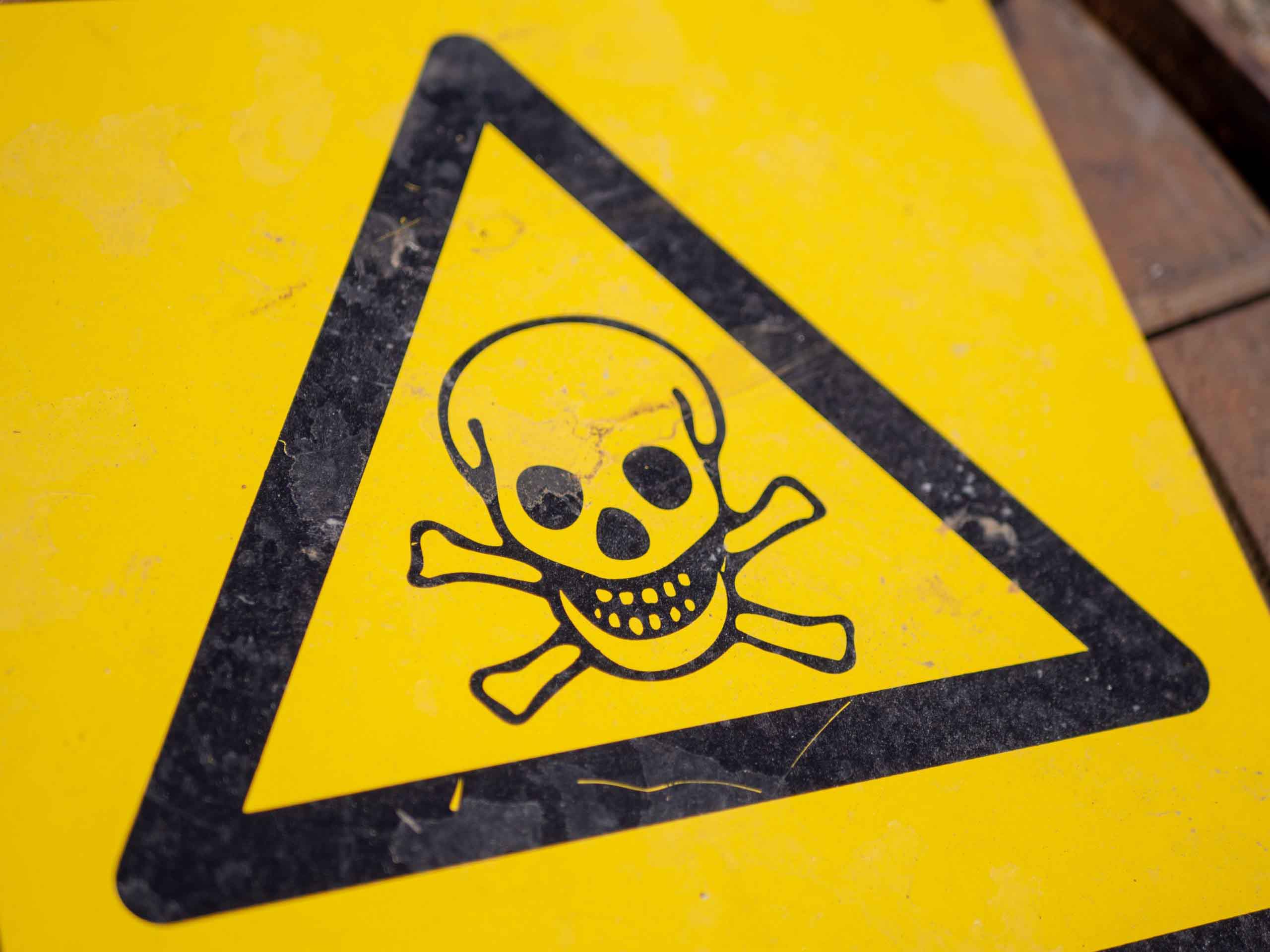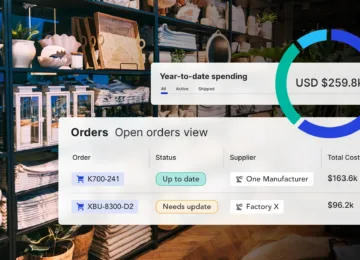When running a company, it’s important that you have a pulse check on any operational activities that could severely impact the health of your business. For busy entrepreneurs, the list of responsibilities are never-ending. Whether it’s expanding the business into new regions, driving awareness towards a cool new gadget or beauty product, or looking for all-star new talent to join the team, these functional demands can eat up your time, leaving your supply chain subject to potential hazards.
Servicing customers with products that are consistently high quality and in stock is part of your commitment as a business owner, and ensuring that this happens relies on how strong your supply chain is. Below we’ve outlined three common supply chain dangers that every business should be wary of, and how to stay on top of them to reduce extra expenses, unnecessary disruptions, and stressful delays — to keep customers happy.
1. Trusting that ordered goods will arrive as expected
Whether it’s a quality defect, production issue, or shipment delay, it is important to realize that your products will not always arrive as expected. Many businesses that rely on brokers or contract manufacturers to manage supply chain sourcing through delivery are at a disadvantage when something goes wrong. How will you correct product defects with a subcomponent? What is your backup plan when goods are delayed? How long will it take to secure raw materials if you made a pivot during the production cycle? All of these questions can bring your business growth to a screeching halt if you are overly trusting that your goods will arrive as anticipated.
To reduce the burden of this potential nightmare, you should know who your suppliers are, their capacity, and what parts each supplier produces, down to the raw material. The more you know about your supply chain, the faster you can react to disruptions that will inevitably arise. By having regular communication with your suppliers, you can course-correct any issues as they happen, rather than wait until your goods show up with defects, lower quantities than predicted, or not at all. Together, you and your suppliers can make necessary adjustments that will keep your products on cost, on quality, and on time.
2. Keeping siloed or offline records of your purchases
When you know who your suppliers are, where they are located, and what their capabilities are, it’s easy to keep this information living in your email inbox, an offline spreadsheet that exists on only your computer’s hard drive, or simply in your own brain’s memory capacity. However, this doesn’t set your company up for success for when you’re out of the office, when your computer contracts a virus that wipes the hard drive, or when your business grows and you need to train a new operations team member.
Sharing your supply chain knowledge with the rest of your team, so anyone can fill in during your absence (or a team member’s absence) is key to ensuring that no potential fires are left unattended to. We recommend using cloud-based supply chain software like Anvyl’s Production Hub, which offers full visibility and collaboration across your entire supply chain production process. This type of technology can help you achieve greater efficiencies within your supply chain as everyone on your team can access pertinent information whenever they need to. If you are able to document and house all of your supply chain intelligence in one solution, you build a foundation for your business that can overcome even the largest of supply chain disruptions.
3. Lacking a contingency plan for supply chain disruption
As an entrepreneur, it is likely not in your DNA to dwell on the worst-case scenario; much of what makes your company great is your optimistic outlook for the business. However, as a best practice, savvy entrepreneurs need to evaluate all of their options and plan for possible supply chain disasters that could happen at any given time. To create a contingency plan is bullet proof, make sure you do your research. Here’s what we recommend.
Understand who the top players are in your market, find other suppliers that can offer similar products if you ever need it, and know how to prioritize suppliers based on their product capabilities, lead times, quality, and other important factors to your business like ethical or sustainable business practices. Think about your geographic distribution in case there is an issue with one geography and you need a source in a different location. Check what can be done in a streamlined way with sourcing platforms like Anvyl’s Supply Chain Relationship Management platform and Supplier Marketplace. This allows you to not only find new suppliers and gather price estimates, but also streamline all of your RFQs, view them side by side with the most relevant information on top, and make faster purchasing decisions when you need to move quickly.
Want to ensure your business has a strong foundational supply chain? Talk to a supply chain specialist today to learn more about how Anvyl can help you with your sourcing and production tracking today.



